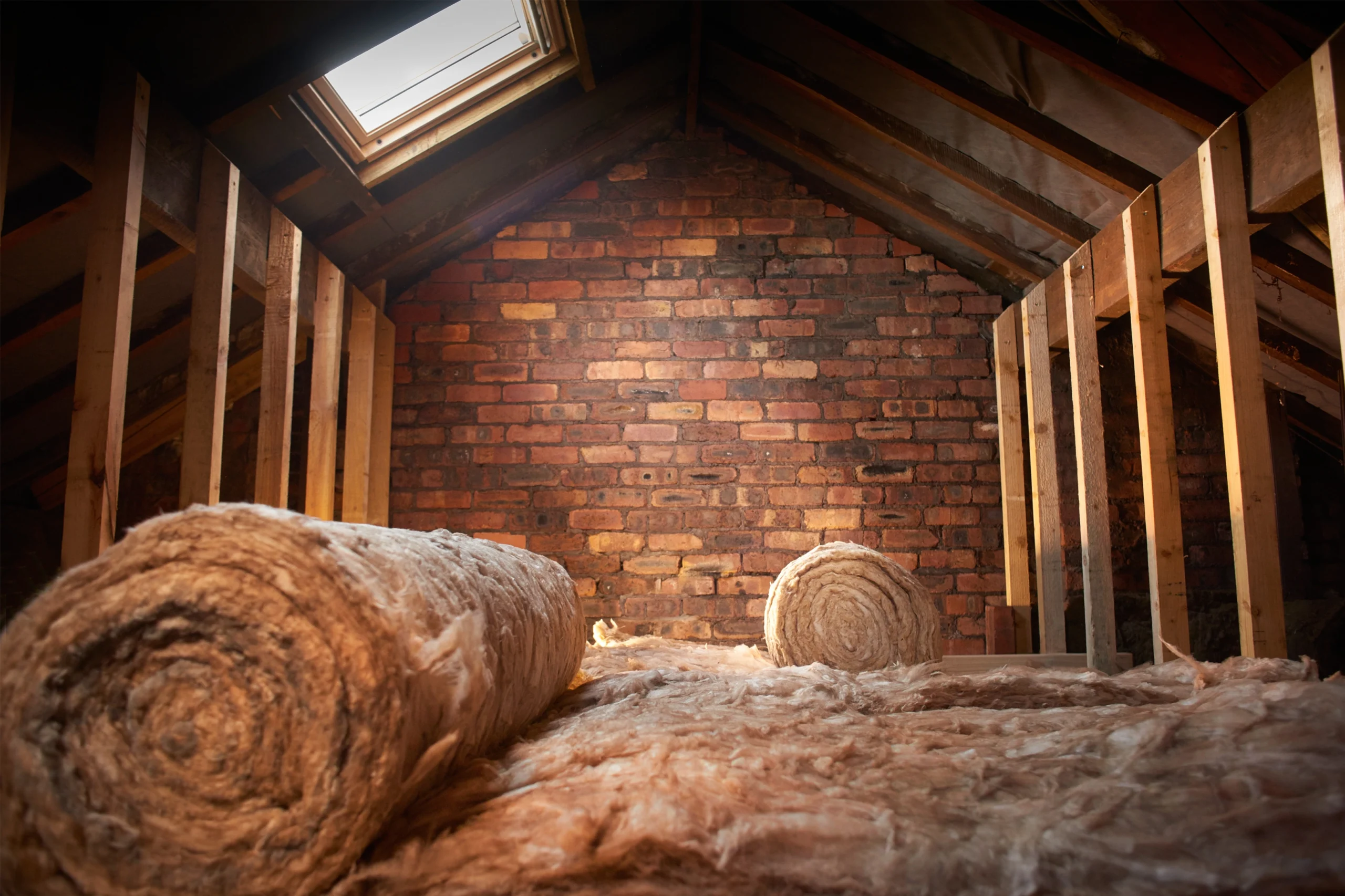
Before you ask “where can I find cavity wall insulation near me?” you need to firstly consider whether it is the most suitable kind of insulation for your home. One of the easiest ways to figure out what type of insulation is best for your home is by knowing when your home was built.
This is because older homes tend to have been built with solid walls whereas newer homes are more likely to have been built with cavity walls. These wall types require specific kinds of insulation. However, one thing that both types do have in common is that they should be insulated because homes can lose 35-40% of their heat through uninsulated walls. This means that homes with uninsulated walls are not only colder in the winter but also more expensive to heat.
Here is a helpful guide to finding out which type of insulation is best suited to your home, based on the year that it was built.
If your home is over one hundred years old
Homes which were built over one hundred years ago are likely to have been built with solid walls. Solid walls are characterised by a brick pattern with alternating rows. This means that some of the bricks are laid in a way that exposes the smaller end of the bricks while the bricks on the alternate rows are laid with the longer ends showing.
You can also identify solid walls by measuring their width as this is often under 260mm.
To insulate older homes with solid walls, the best option is usually to use External Wall Insulation (EWI). This type of insulation is fitted on the outside of a house and it tends to have a smooth finish. As it will change the appearance of your external walls, in the UK you will need planning permission before having EWI fitted.
Solid Wall homes with insulated walls could expect to save from £115-360 as of March 2022. However, since UK energy prices have risen, the savings may now be even higher.
If your home was built after 1920
Homes built after 1920 are likely to have cavity walls. This type of wall is characterised by an even pattern on the brickwork and will generally have a width of over 260mm from the interior to the exterior sides of the wall.
Cavity walls which are not yet insulated are suited to Cavity Wall insulation (CWI). This form of insulation goes into air spaces within cavity walls and prevents heat from escaping. Homeowners can save £235 to £690 on energy with CWI.
To find out whether your home has cavity wall insulation or not, you can read your property’s Energy Performance Certificate EPC or get a professional to inspect your home.
If your home was built after 1990
Just like houses built after 1920, homes built in 1990 will almost certainly have cavity walls. Fortunately for homeowners that live in houses built after this year, they are very likely to already have cavity wall insulation installed.
Although these homeowners may not need to install wall insulation, they could consider implementing other types of insulation if these are suitable for their home.
Other considerations for people thinking about having insulation installed
Determining the age of your home is a useful way of discovering the best type of insulation for it but there are other factors to consider before any installation takes place.
Every home is unique and some may be built with less conventional materials or may have had modifications like extensions added over the years.
There are also other forms of insulation like loft, underfloor and room in roof insulation which might suit certain homes better.
The best thing you can do is consult a professional insulation installer who can advise on how your home can become as energy efficient as possible.
Leave a Reply